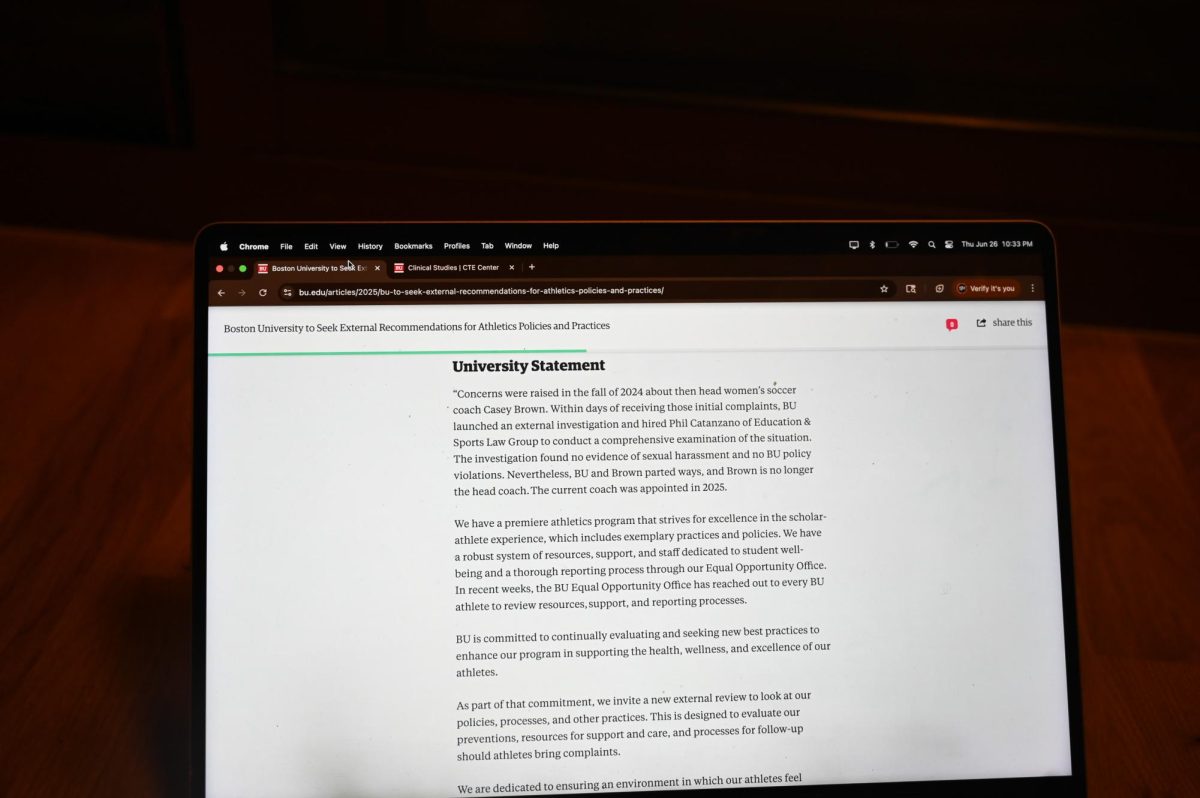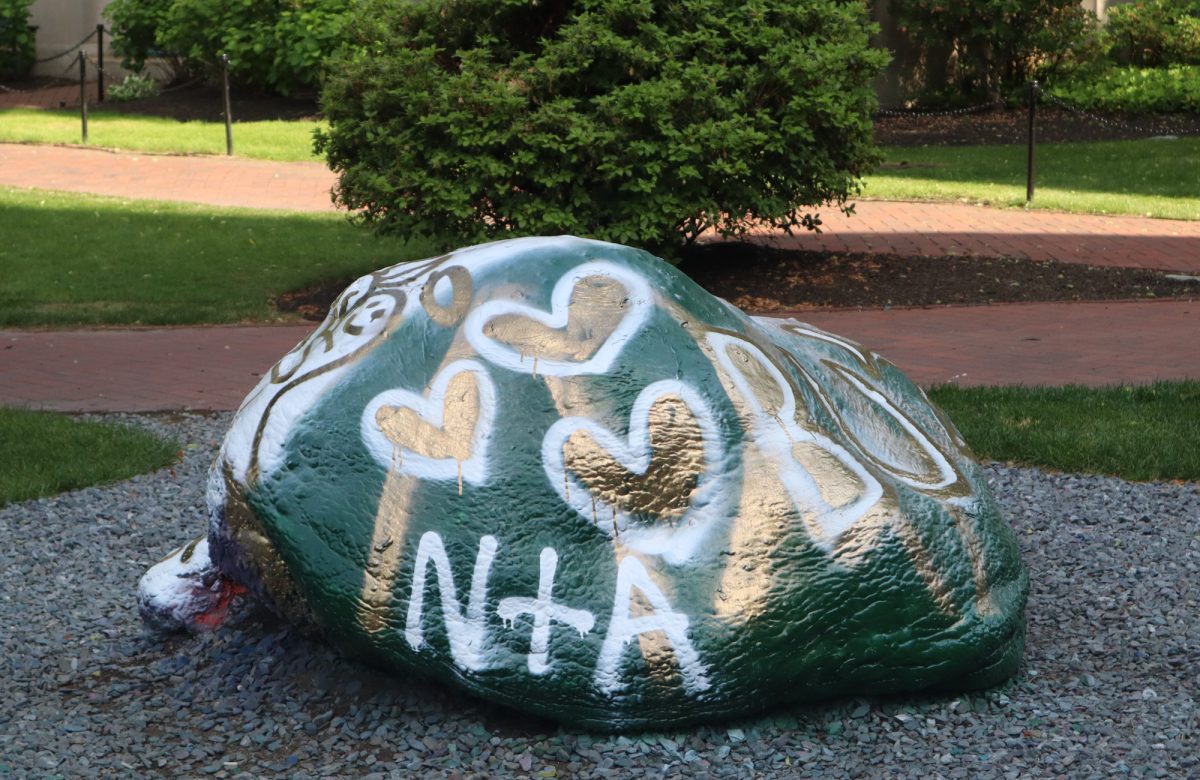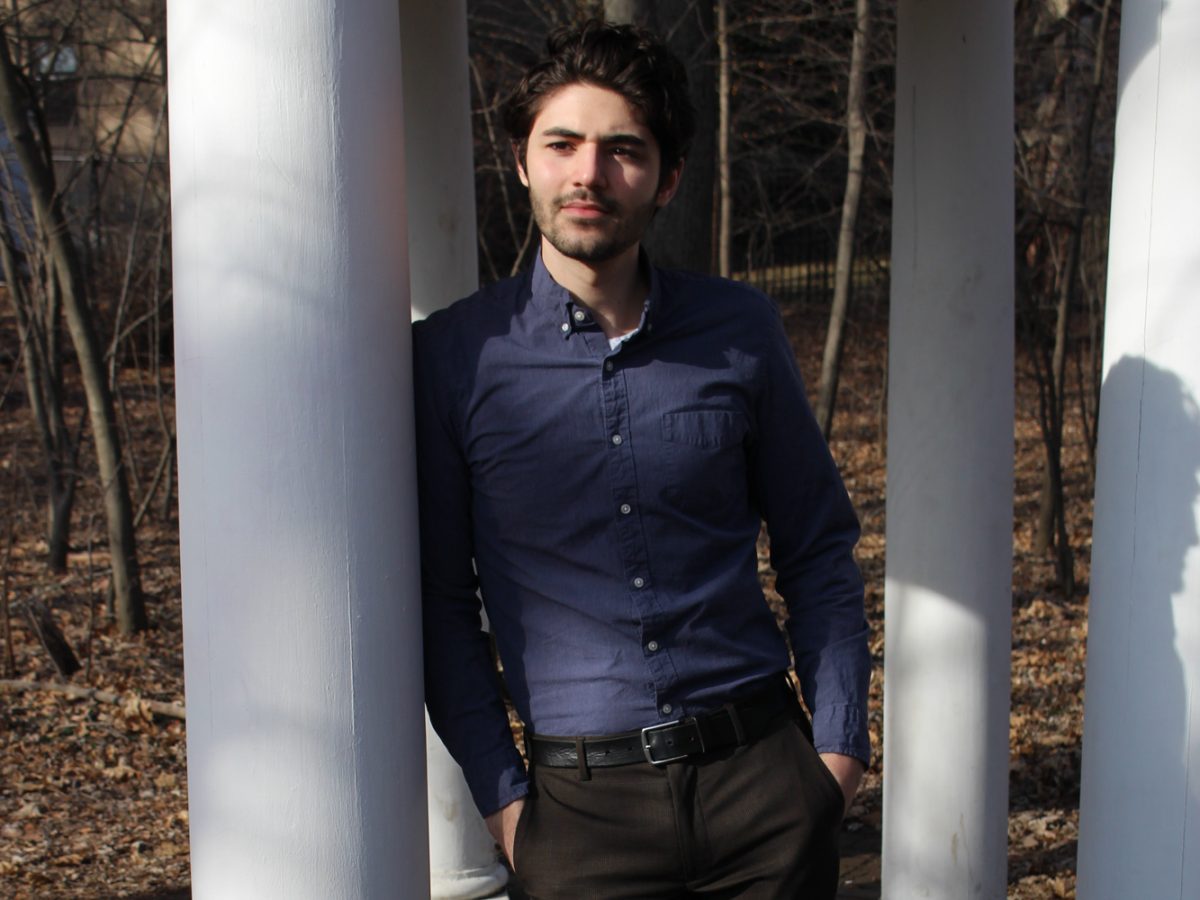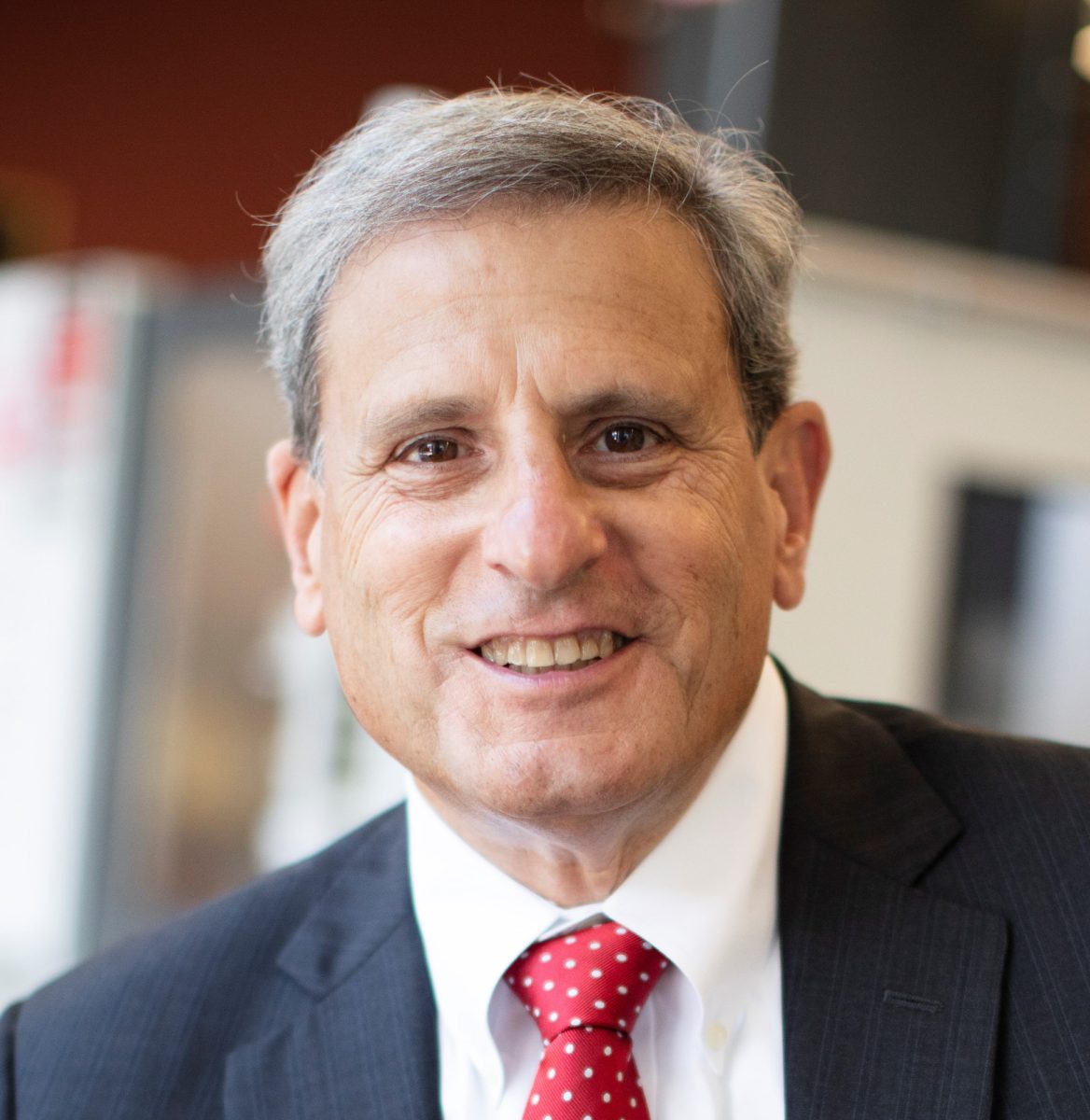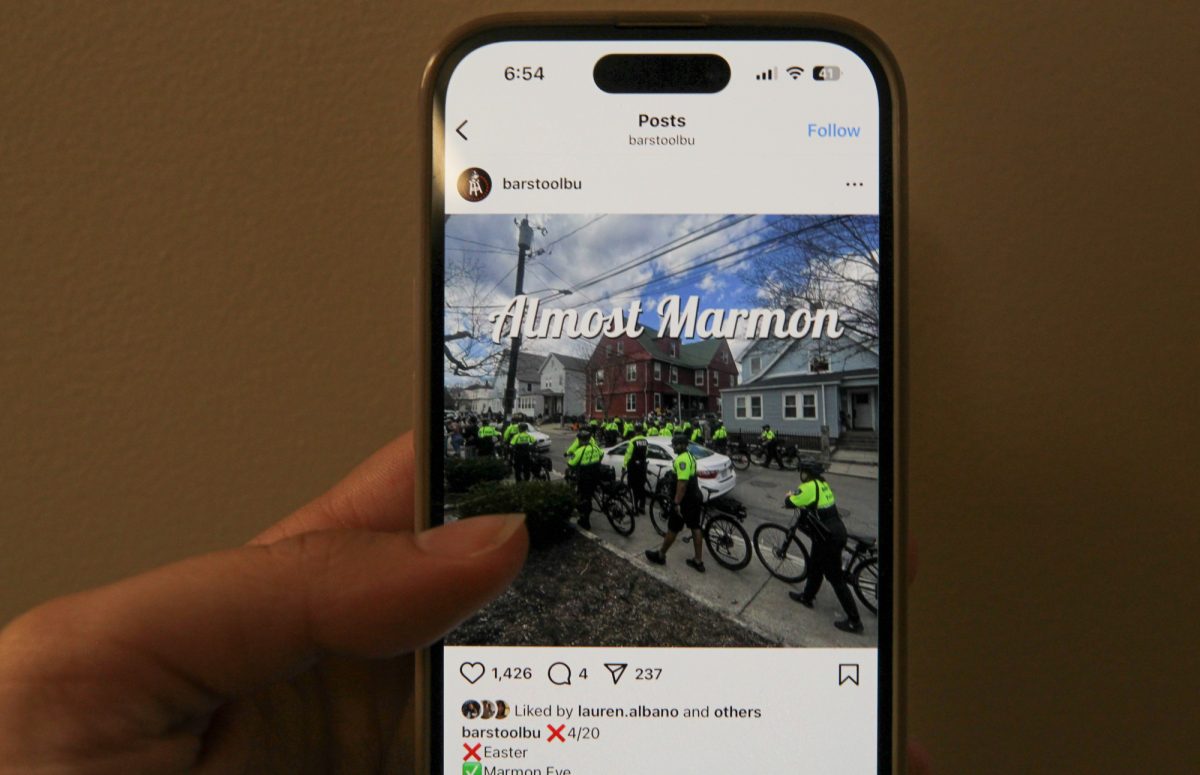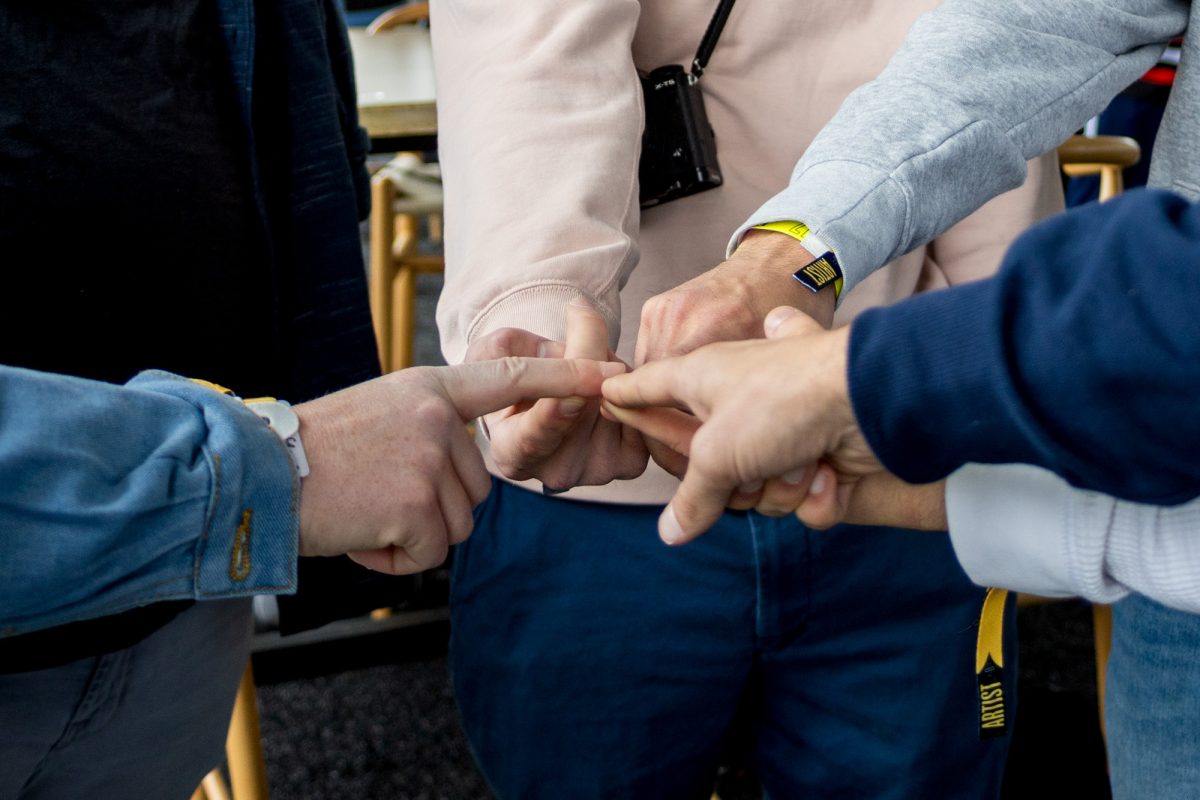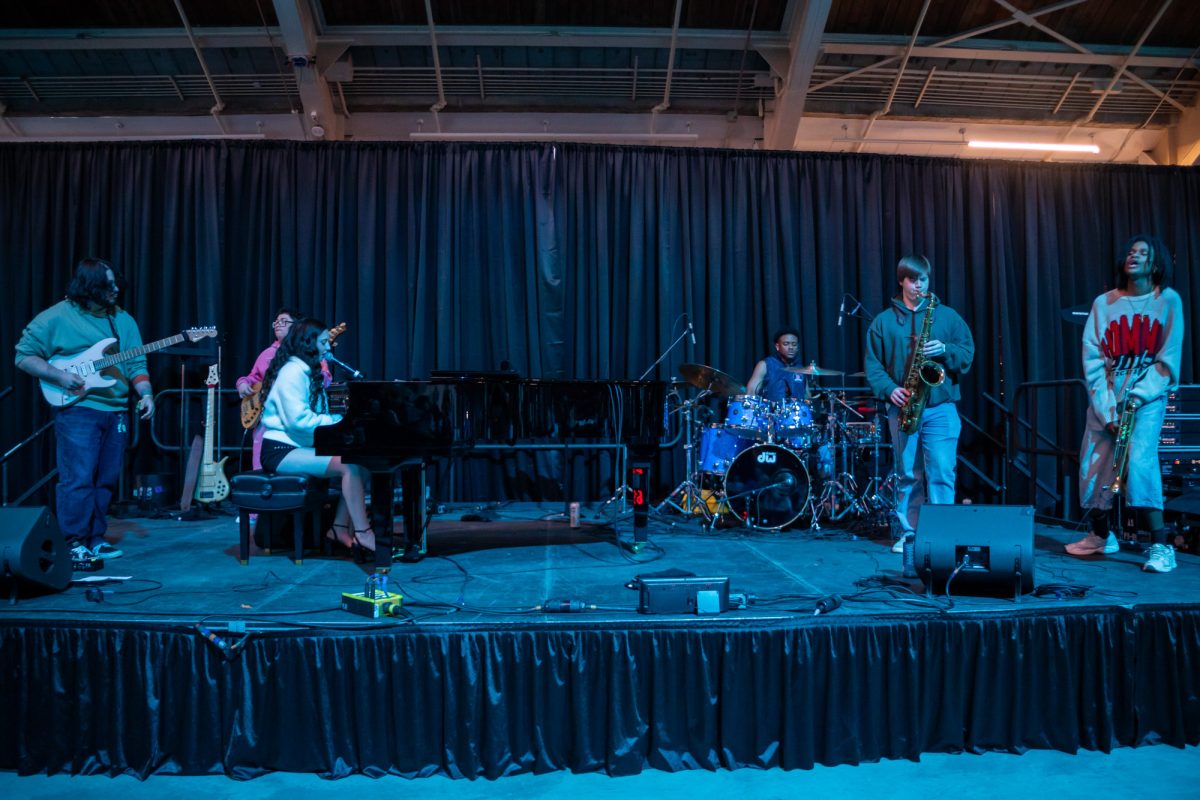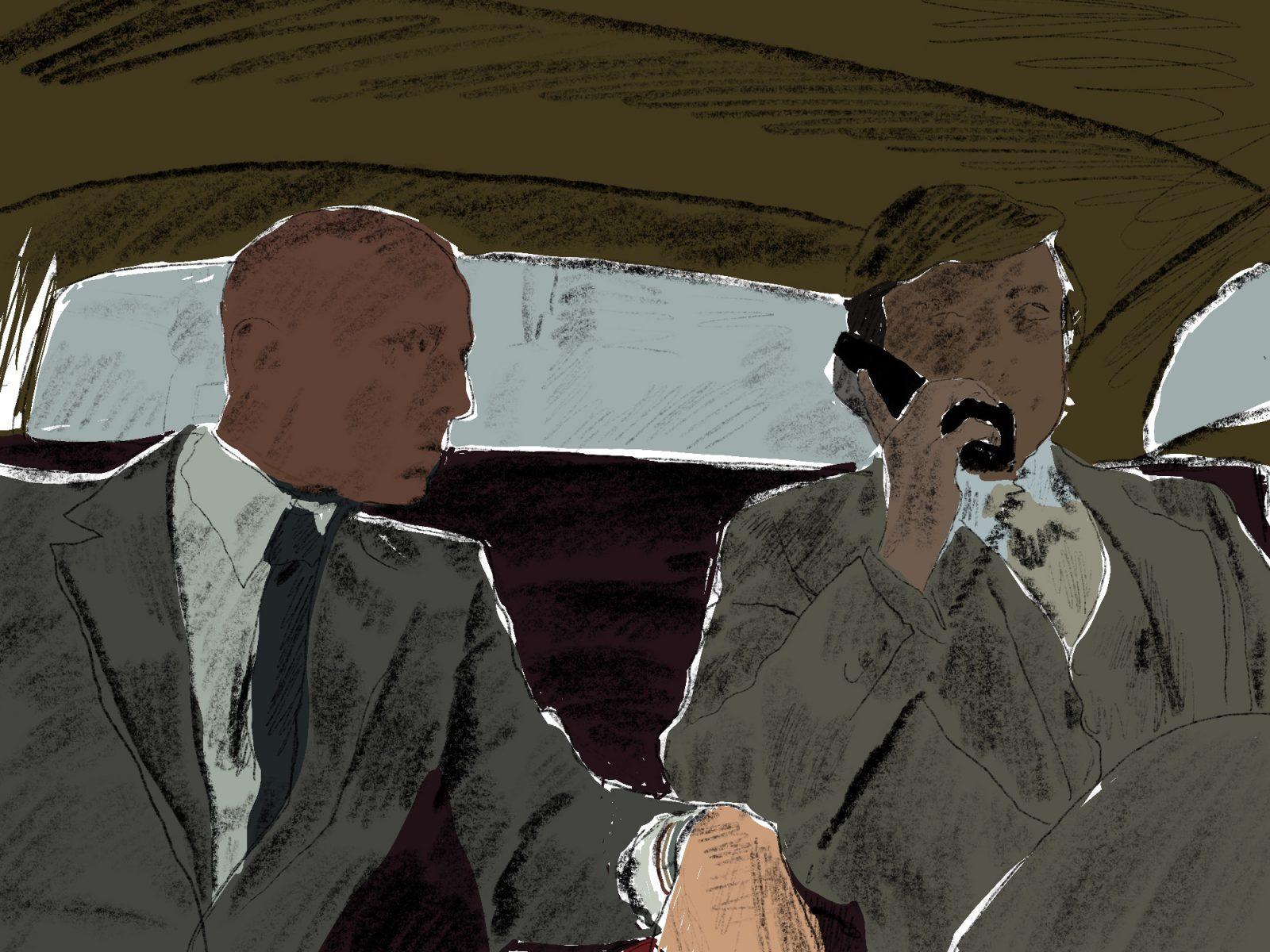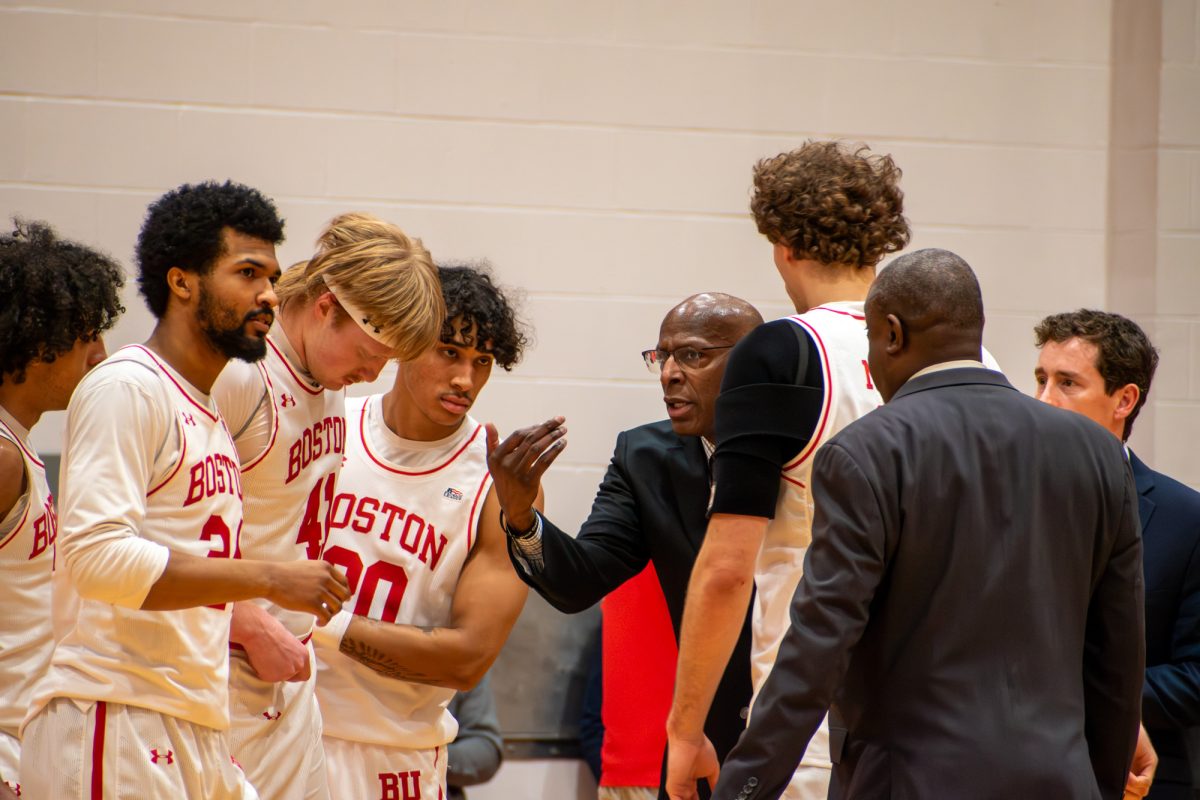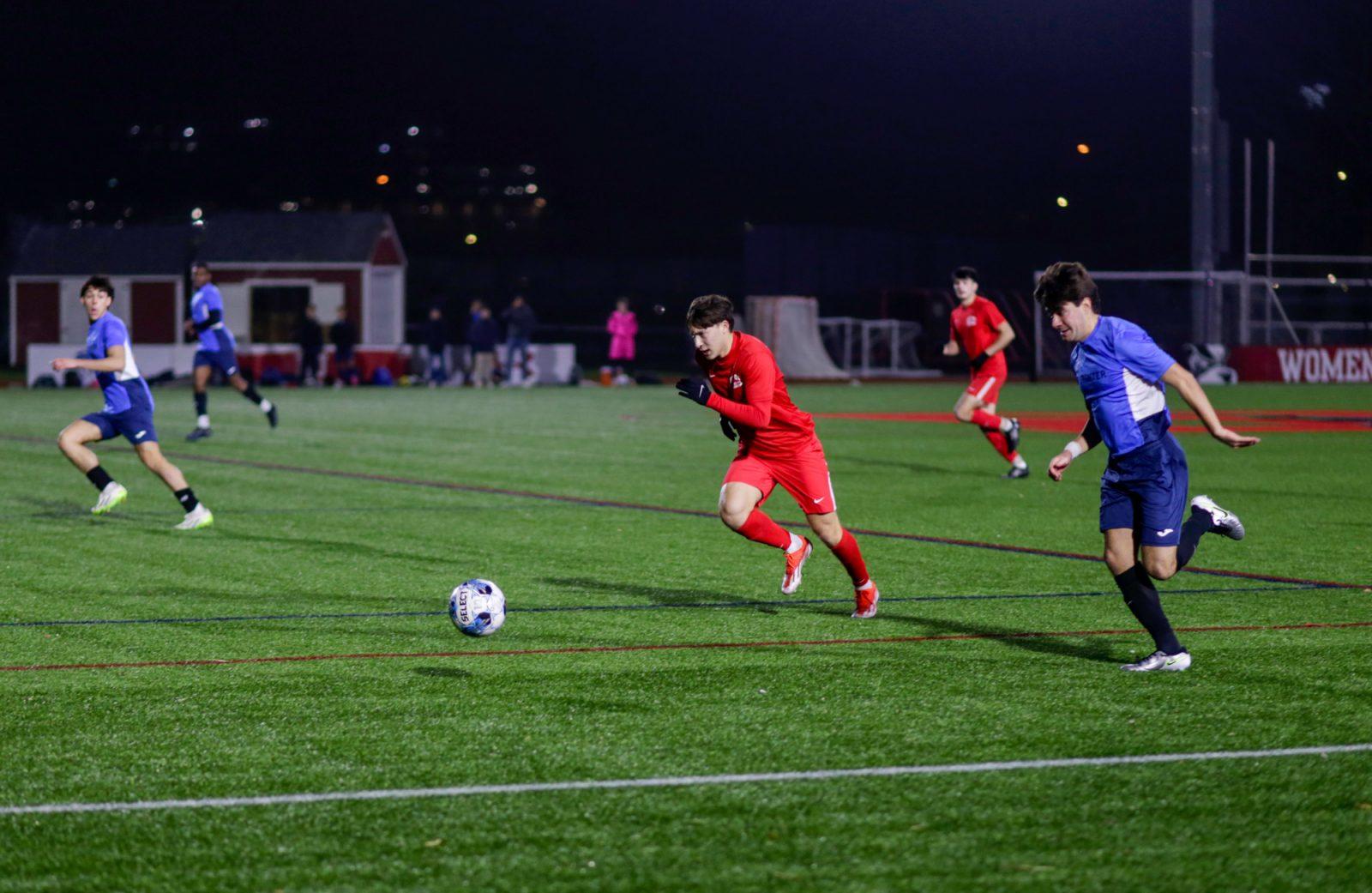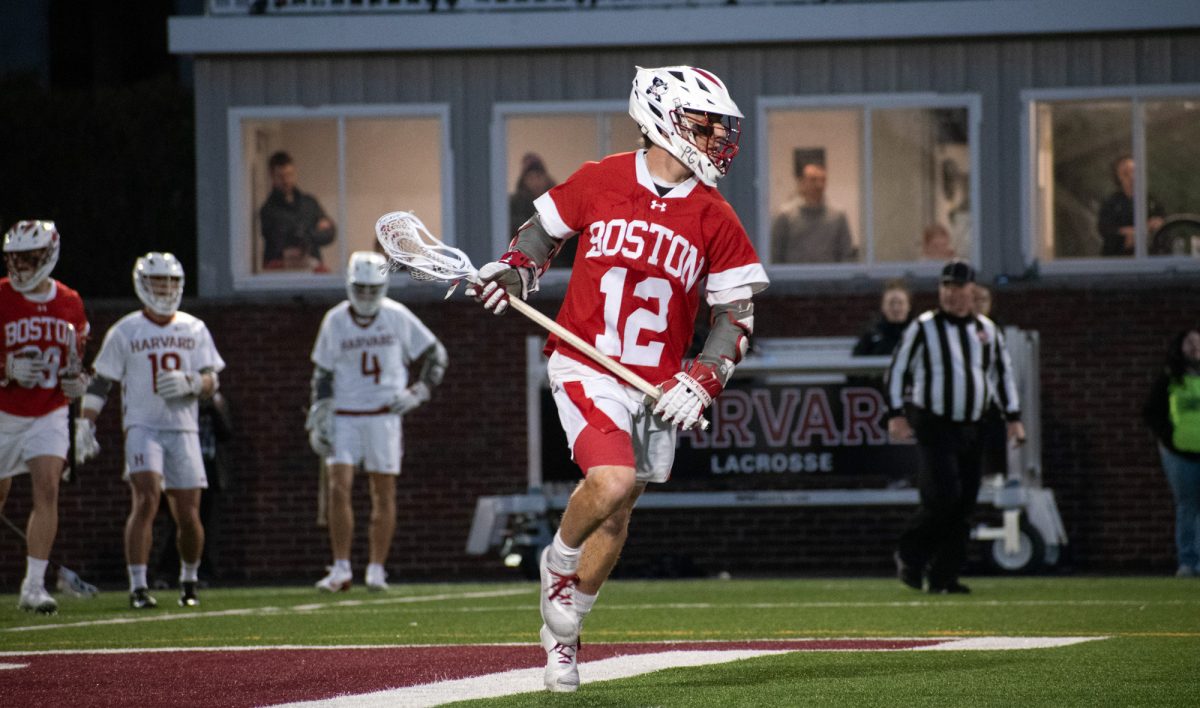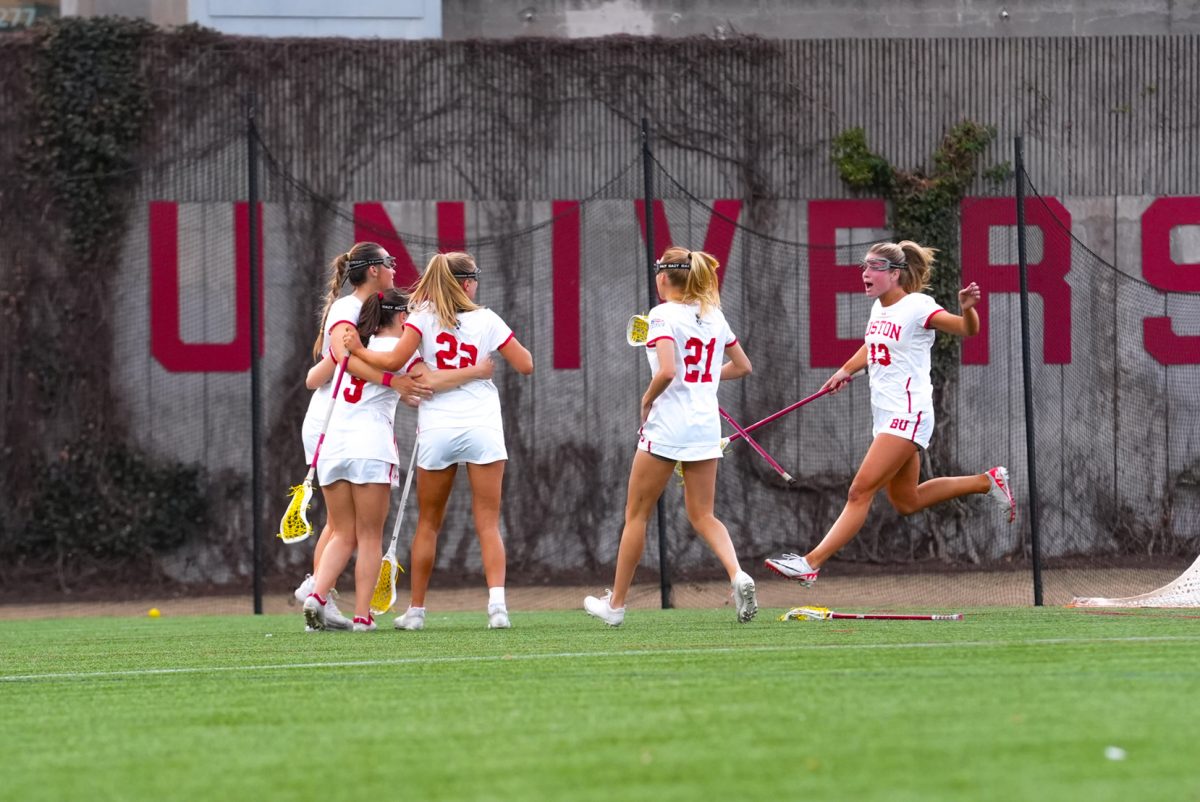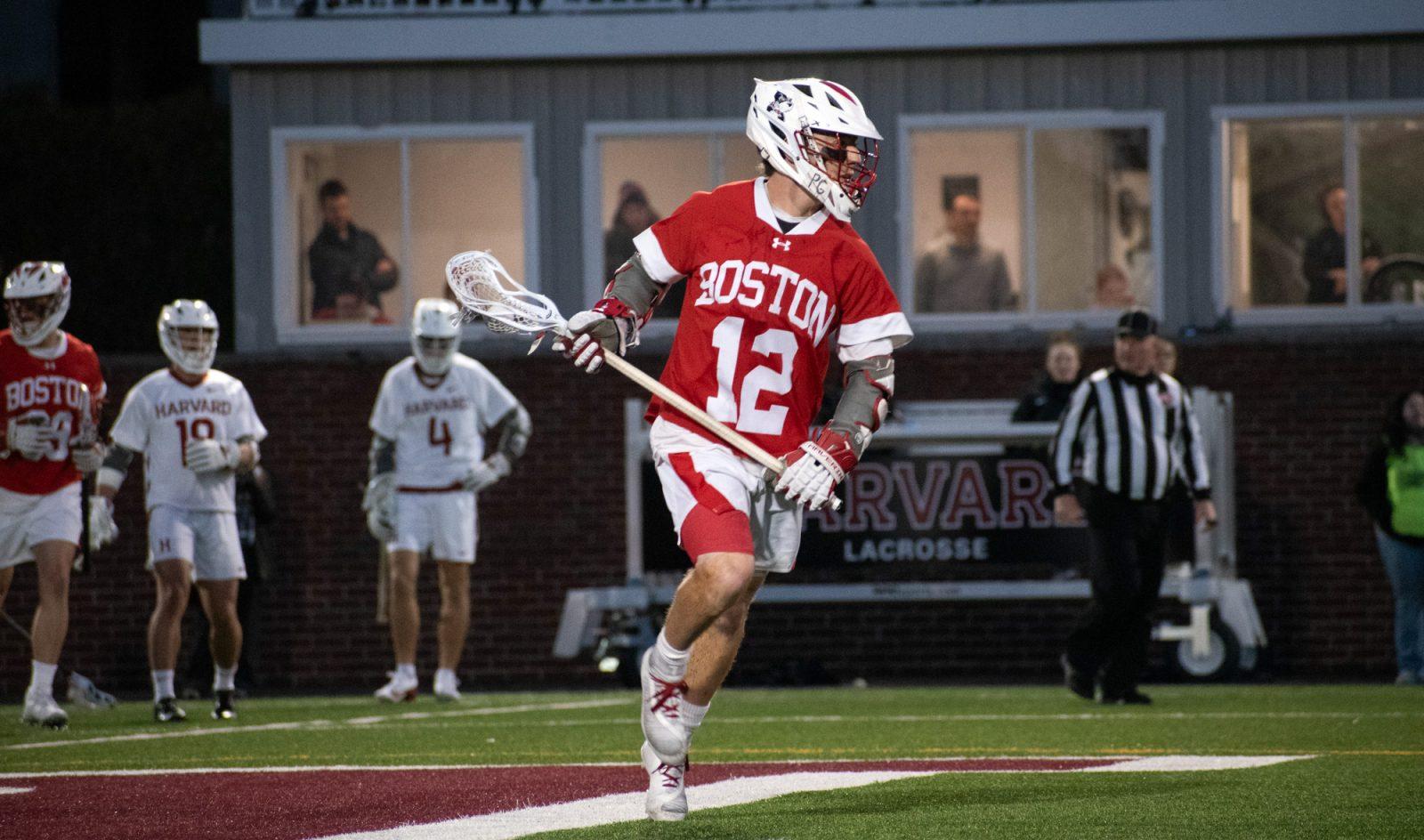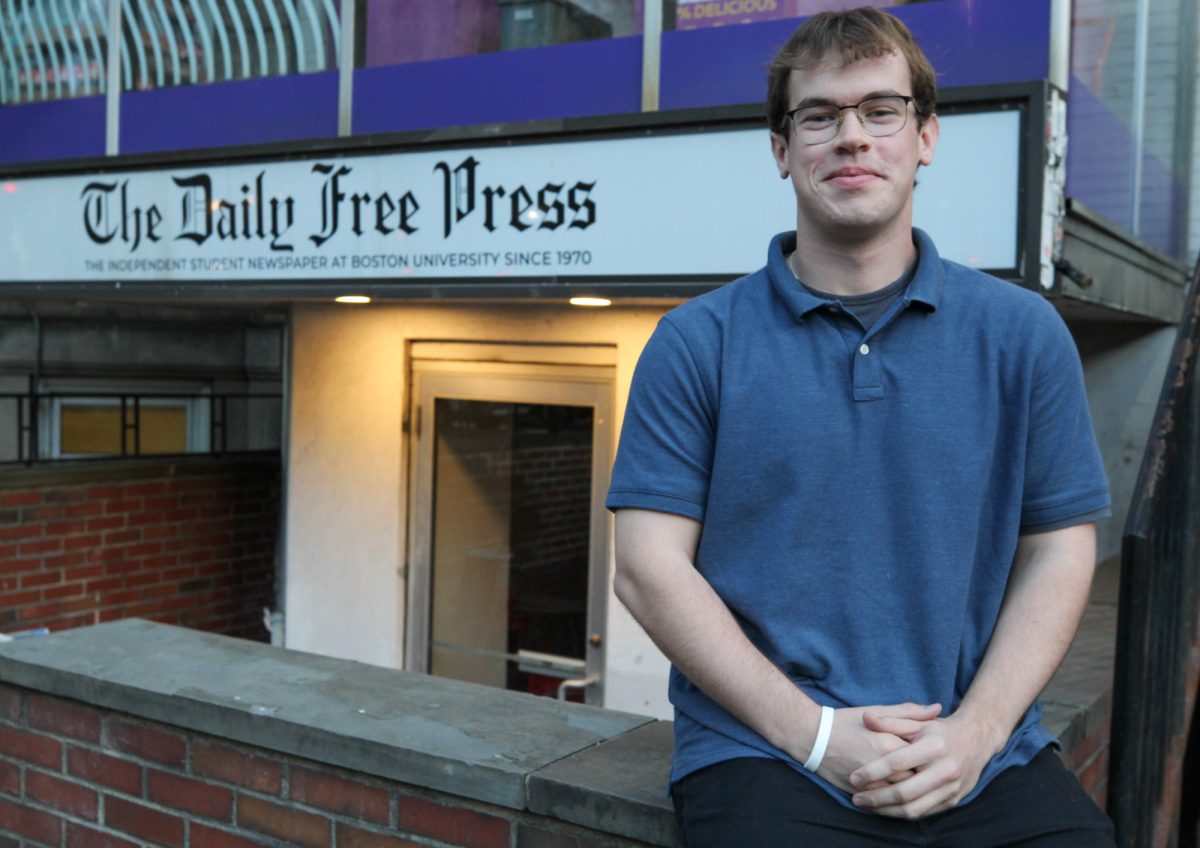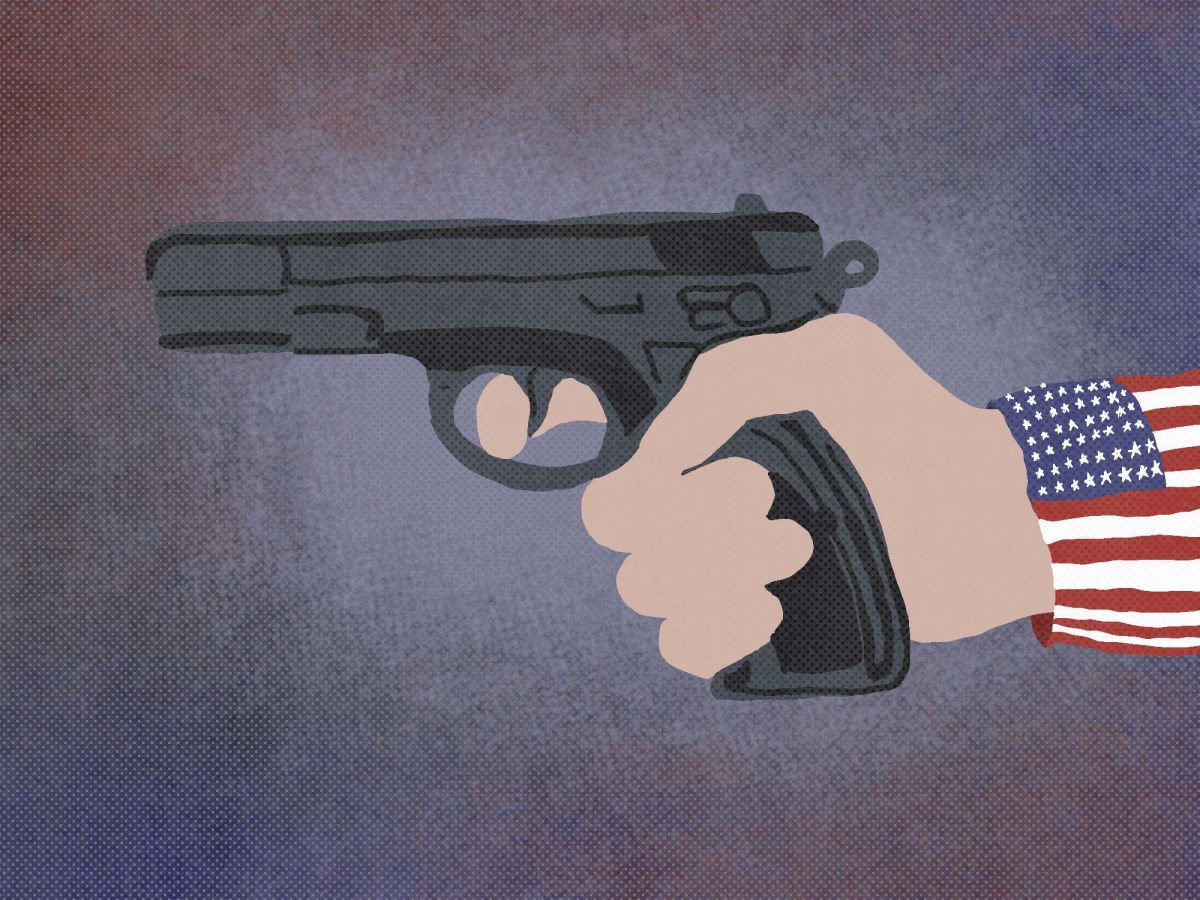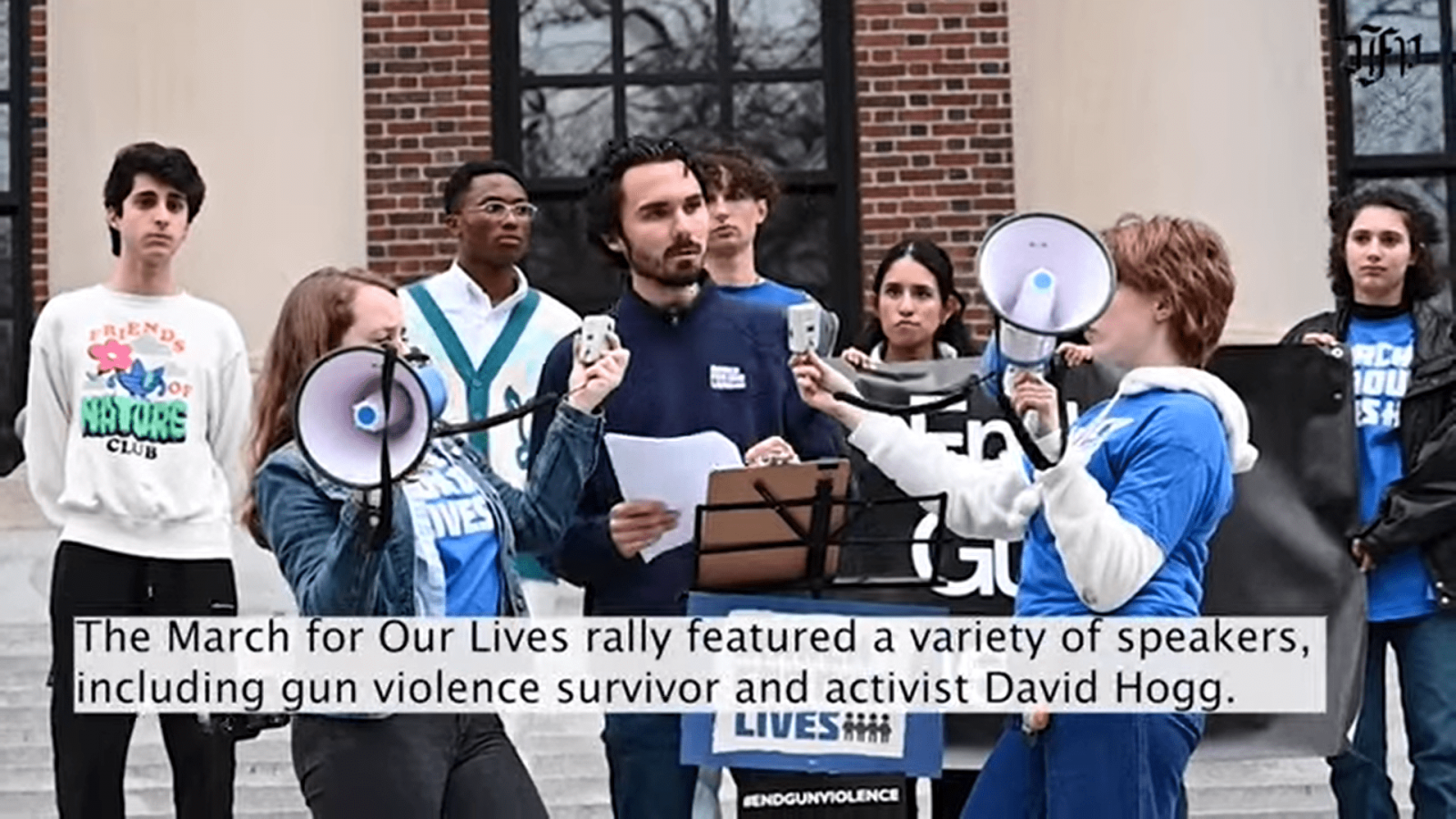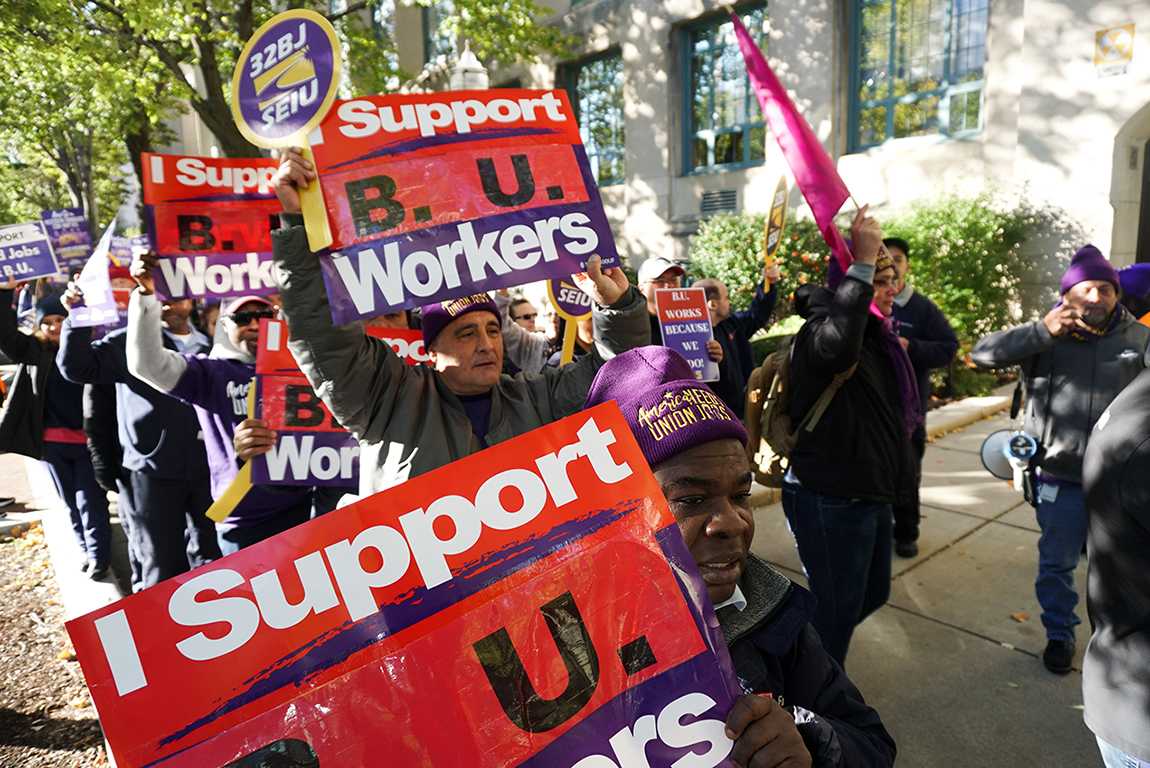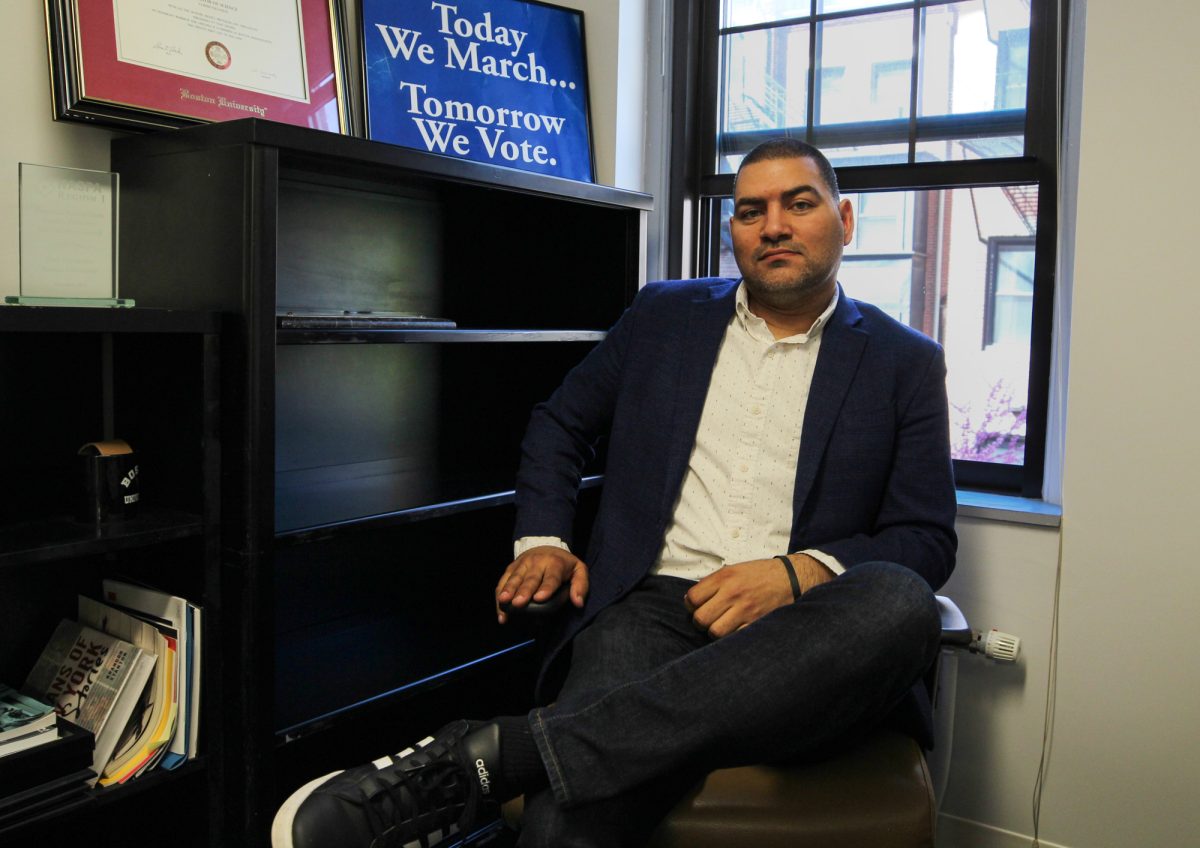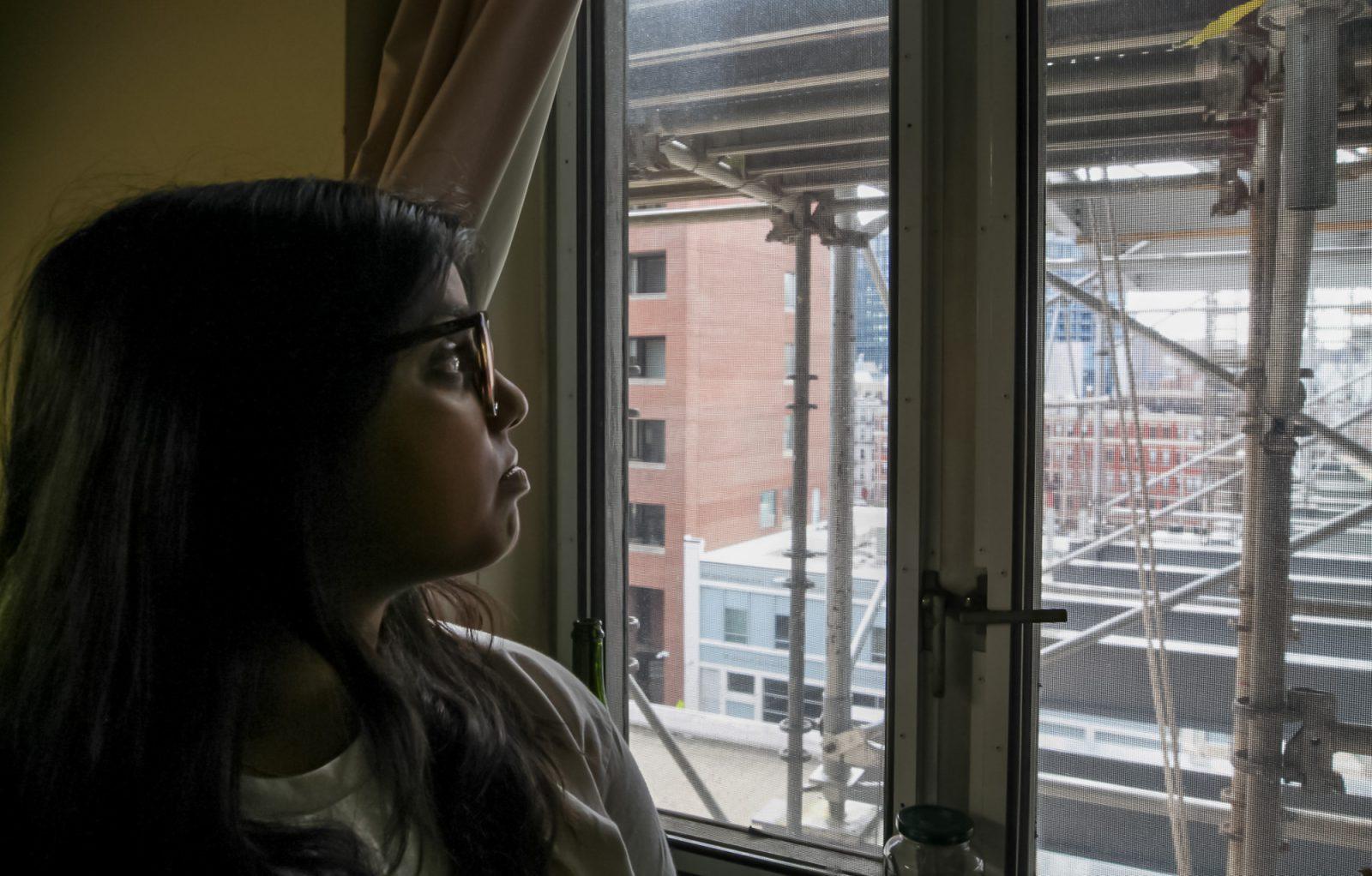The United States went into the war in Iraq knowing the war would not be short and that reconstruction would take three to five years, Army Col. Kevin C.M. Benson told about 20 students during a lecture on Monday.
Benson, who was one of the war planners of ground forces for Operation Iraqi Freedom, spoke to a crowd of mainly International Relations students and explained the Army’s key strategies to overthrow the dictatorship in Baghdad.
The policy of the United States remains ‘de-Ba’ath-ication,’ Benson said, referring to American forces as ‘antibodies to the Arab body.’
In December 2002, military insiders realized that troops would be brought into Iraq, Benson said, and one month later a process known as a ‘request for forces’ began.
On March 19, 2003, which Benson referred to as ‘D-Day,’ the operation in Iraq began. The Ba’ath Party was the ruling party in Iraq, and Saddam Hussein was a member of that party.
The U.S. Army entered Iraq hoping to eliminate all Ba’ath leadership, while at the same time integrating the coalition forces, Benson said. The United States hoped to control the influx of foreign weapons into Iraq while providing basic services, such as water, sewage, power and medical care, he added.
Benson said the United States had to alter its plans in Iraq after they entered, because they encountered problems with the Iraqi army.
‘The police fought us, especially in Baghdad, so they had to be rebuilt, and as far as law and order, we did not want to have the Iraqis use the laws they had built on the Ba’athist constitution,’ Benson said. ‘When we took the decision to disestablish the Iraqi army, we had to go back and do some more planning on how to build the new Iraqi army, as well as security forces.’
Iraqi police fought U.S. troops and forced them to disassemble. The United States had to ‘build an army from scratch,’ Benson said.
Benson said the army needed the help of the Iraqis because they did not want to have to fight rebels and keep order at the same time.
‘We did not want to engage in street fights in Baghdad,’ Benson said. The strategy of the ground forces remained ‘focused raids,’ he said.
Only one day after 16 American soldiers were killed in a helicopter attack in Iraq, the small group of students expressed their concern regarding the continued involvement of troops in Iraq.
‘We anticipated combat operations would take 30 to 35 days,’ Benson said, adding that reconstruction would now take three to five years.
For financial reasons, ‘we don’t have the ability to sustain support for three to five years,’ remarked Boston University Professor and Director of the Center of International Relations Andrew Bacevich, who introduced Benson.
Benson’s presentation also included a slide show that included visuals of Baghdad and troop movements that were taken before the United States entered Iraq. Benson also focused on Hussein’s wealth primarily in the form of the ex-ruler’s lavish palaces in spite of his people’s poverty.
‘There was more marble there than in Arlington National Cemetery,’ Benson joked.
Benson was invited to speak at BU after calling Bacevich regarding a separate matter.
‘He was in town so we capitalized on his presence as a targeted opportunity,’ Bacevich said.

